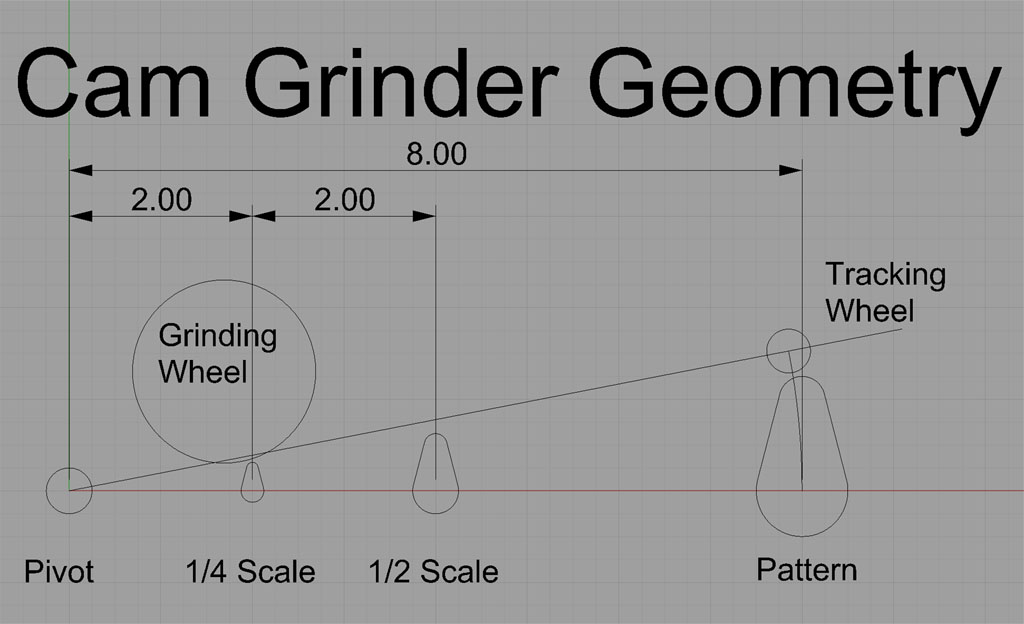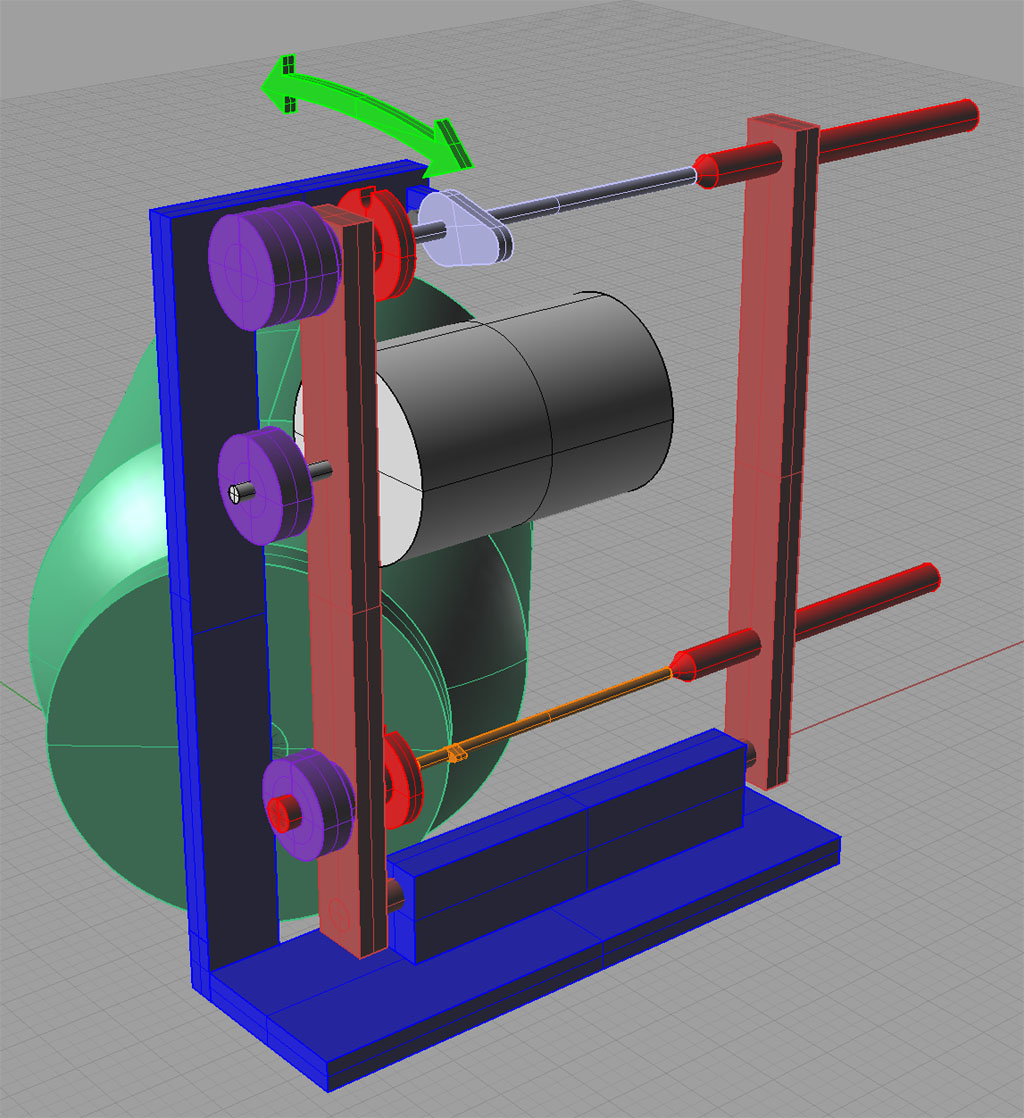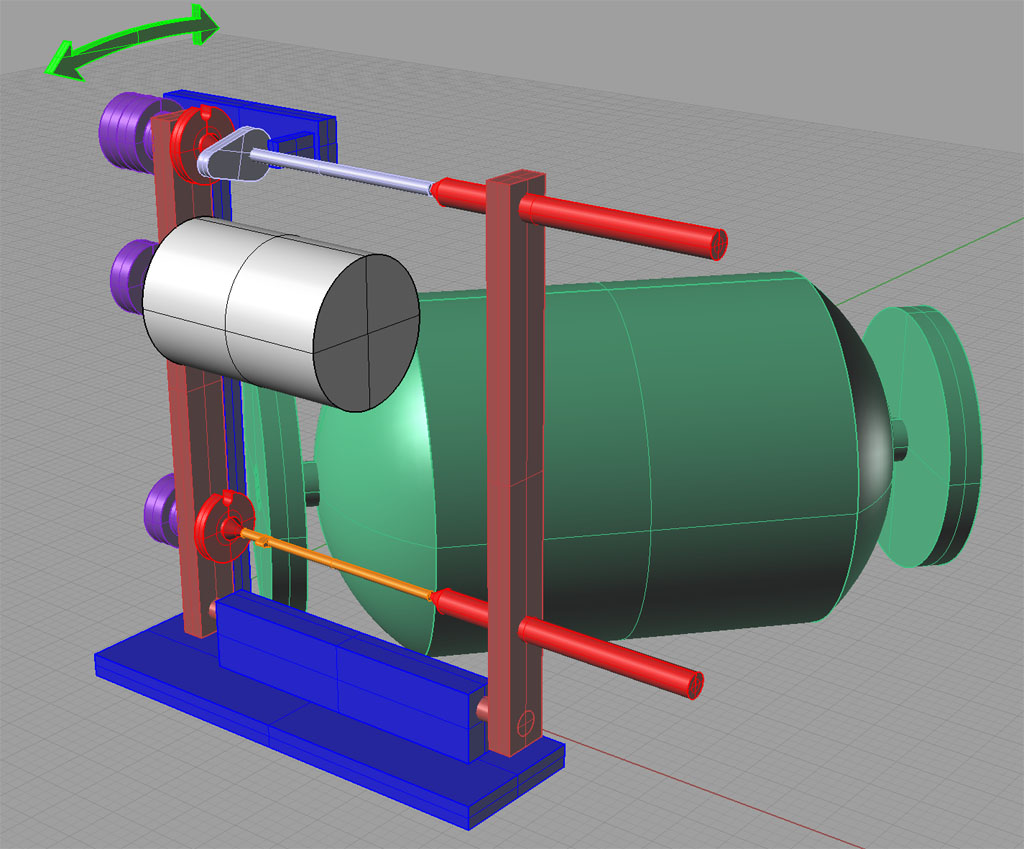This thread has been started for the interested members to start the design of cam grinding fixture in response to this thead.
Sharpen those pencils and warm up those 'puters!
DISCLAIMER: The design(s) produced within this thread will be a joint effort between those members who wish to participate. Keep in mind that if you chose to follow any design herein that you do so at your own risk. HMEM is not liable nor responsible for verification of this/(these) design(s). In other words, the design(s) is/(are) unproven and may or may not be fully evaluated and tested for operation. Your desicion to build any of the designs herein indicates that you fully understand that the design(s) is/(are) not evaluated and proven, nor certified by a professional engineer.
Sharpen those pencils and warm up those 'puters!
DISCLAIMER: The design(s) produced within this thread will be a joint effort between those members who wish to participate. Keep in mind that if you chose to follow any design herein that you do so at your own risk. HMEM is not liable nor responsible for verification of this/(these) design(s). In other words, the design(s) is/(are) unproven and may or may not be fully evaluated and tested for operation. Your desicion to build any of the designs herein indicates that you fully understand that the design(s) is/(are) not evaluated and proven, nor certified by a professional engineer.












